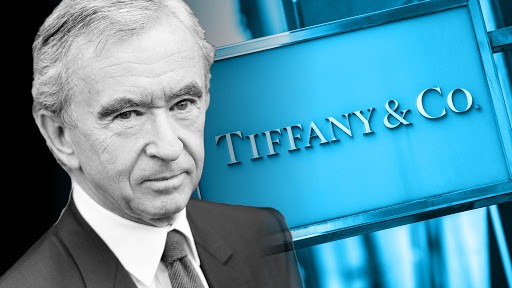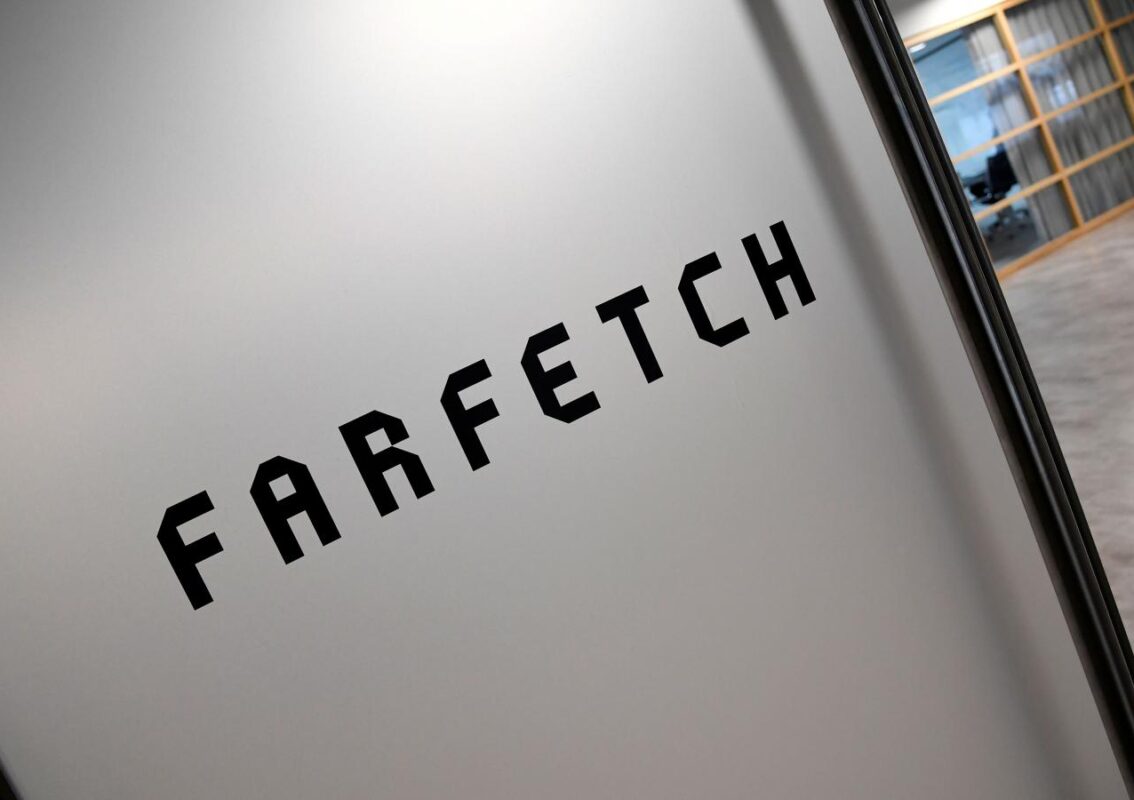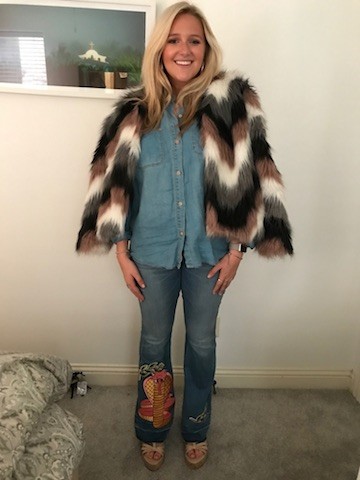As fashion is being pushed towards a more sustainable future, thrift shopping, vintage retailers and up-cycling have become more mainstream. Not only have legacy fashion brands begun to embrace the vintage resale market, new companies and start-up companies have begun to profit off of this cultural shift.
According to a 2021 analysis by Vogue Business, fashion is the second largest industry polluter in the world. This waste comes in the form of unused textiles, unsustainable business practices, synthetic materials, chemical byproducts, and far more.
In recent years, however, brands have begun to be held accountable for their sustainability practices. In 2018 Burberry faced backlash for reportedly burning $37.8 million in excess inventory in just one year. Their reasoning for doing so was reportedly related to keeping product out of the hands of the “wrong” people. Though protecting brand image is commonplace among designer brands like Burberry, ThredUp, an online thrift store founded in 2009, took issue with the disregard for waste. That same year, ThredUp wrote an open letter to the brand challenging them to do better and reduce their waste. In their letter, which was shared on various social media platforms, the brand wrote, “We respect the desire to protect your brand image, but discounting your product shouldn’t be scarier than setting it on fire.”
Unfortunately, practices like these are not unique to Burberry. Among luxury labels, maintaining the allure of exclusivity is important to their brand image. Rather than discounting unsold products, these companies choose to destroy the items instead. As Fashion Institute of Technology and Parson’s School of Design professor Margaret Bishop said in a 2018 interview with the Huffington Post, “some brands feel that they don’t want their product to be seen, photographed, etc. on a group of people who might not be able to actually afford that brand,” Bishop said. “So, if they have excess stock, they may choose to destroy it rather than it going into an off-price outlet or being sold at a discount price or being in some other way moved into the [lower-price] marketplace.”
The responsibility for a more sustainable future in fashion does not entirely fall to brands and manufacturers, however. In a larger context, brands act in response to the demands of their demographic. Largely, this push towards sustainable fashion has come from consumers and media accountability.
According to the Business of Fashion and McKinsey Company report entitled “The State of Fashion: 2021”, consumers are overwhelmingly trending towards shopping more responsibly, with many leaning toward products and brands that back a social cause. Though shopping second hand is a common practice among environmentalists, those involved more directly in the fashion industry cited different reasons for shopping secondhand for different reasons. Cornell Fashion Design student Juliana Daroza noted that she finds more “unique” clothing items as a when shopping secondhand.
“I think the motivation is both financial and environmental. But I also find incredibly unique pieces when shopping secondhand. Even if I don’t like the piece as is but I love the textile or a particular piece of it, I can reincorporate it into a garment that I design rather than purchasing virgin fibers,” Daroza said.
Stylist and Founder of The Curated Shopper Amy Roseveare echoed Daroza’s sentiment. “I generally will shop second hand to find items that I couldn’t find in regular retail stores, such as past season items or items that were sold out,” Roseveare said.
Websites like The Real Real, Depop and ThredUp have changed the way that lots of consumers view the luxury market. By reselling pre-owned product and selling it on a wider global platform, the the company is able to extend the life of these products.
Environmentalist and student activist Tucker Matta who leads the Stanford University chapter of the sunrise movement, advocates on behalf of consumer responsibility. “There are alternative, sustainable options that are becoming more readily available which is great. Now education is more crucial than ever. That’s really what Sunrise is trying to focus on.” Matta said. “Online retailers for second hand clothing have grown in popularity. I think the fact that secondhand shopping has less of a stigma is a huge step towards a more circular economy but education is what really needs to be emphasized. The more people know about options that are out there, the more they will be able to take advantage of those options.”
One such online retailer is ThredUp. The company began by selling and reselling children’s clothing with the tagline “Clothes don’t grow, kids do.” Just two years after the company’s 2009 founding, they developed the concept of the clean-out kit. The clean-out kit, was developed with the idea of making selling items on their platform “as easy as filling up a bag.”
ThredUp’s business model is similar to that of a traditional thrift store, however, with ThredUp’s entirely virtual platform, sellers on the site do not receive a payout until their item has sold. While traditional thrift stores rely on trend forecasting and smart purchasing to ensure that their products sell, ThredUp leaves it up to the consumers themselves.
The Real Real, a resale platform that focuses specifically on luxury goods, has become both popular and reliable because of its strict standards for product quality and authentication. The platform mirrors a traditional thrift store in that products are purchased directly from the consumer by the brand before they are listed and ultimately sold on the platform. Roseveare, who created an instagram account alongside a friend with the goal of selling their pre-owned jewelry, expressed disappointment with the platform, however, for prioritizing large luxury brands over smaller scale designers.
“I ended up founding J and A Jewel-box because I found that a lot of these beautiful jewelry pieces that I wanted to find a new home for were not being purchased by larger scale resale platforms,” Roseveare said. “Obviously on a website like that, the Hermes, Cartier, Tiffany pieces are going to be more profitable for them than a lesser-known designer.”
Other brands like Wyco vintage have been successful in targeting a more niche demographic. The website sells authenticated vintage Tshirts, specifically those from 70s, 80s, and 90s musicians. Unlike other platforms that emphasize discounted pieces as a selling point, Wyco vintage features products with a much larger price tag than their original value. Their selection features products like a 1980s Led Zeppelin tour jacket, an authenticated LiveAid concert t-shirt, among other music, pop culture, and sports memorabilia. Though they operate out of a physical storefront in Kansas City, Missouri, their website has attracted global attention.
Wyco vintage targets consumers who value authenticity. Though designs like the Nirvana smiley face logo have become popularized in recent years by third party reproductions sold in Urban Outfitters, Wyco vintage ensures that none of their products are modern reproductions. The success of this platform and the increased markup margins of their products reveals a shift in consumer sentiment not just in the realm of sustainability, but in a value for authentic, vintage pieces. Rather than spending $20 on an Urban Outfitters recreation, their clientele prefers the originality and true vintage status of these pieces.
Whether intentionally prioritizing sustainability or seeking unique and original pieces, the consumer shift towards vintage and resale clothing has provided opportunities for new brands to emerge within the resale market. Large-scale platforms like ThredUp, The Real Real and Wyco Vintage have developed successful business strategies without producing any new products. This business model marks a poignant shift in the fashion marketplace: One that now sees “thrifting” as both fashion forward and environmentally responsible, rather than a practice exclusive to bargain-hunters and environmentalists.






